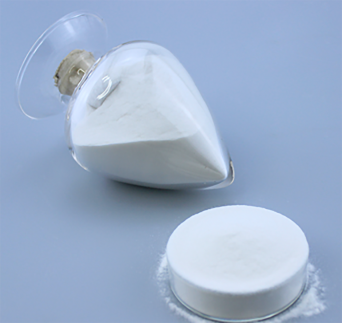
Νοέ . 17, 2024 14:49 Back to list
Comparing HPMC and HEC for Enhanced Performance in Various Applications
HPMC vs. HEC A Comparative Overview
HPMC vs
. HEC A Comparative OverviewHPMC is a semi-synthetic polymer derived from cellulose, modified through the addition of hydroxypropyl and methyl groups. This modification enhances its solubility in water, resulting in various viscosity grades that can be tailored for specific applications. In pharmaceuticals, HPMC serves as a binder, thickener, and film-forming agent in tablet formulations. Its ability to create gel-like structures makes it ideal for sustained-release drug formulations, ensuring consistent medication delivery over time. Furthermore, HPMC is widely used in food products as a thickening agent and stabilizer, providing texture and preventing the separation of ingredients.
hpmc vs hec

On the other hand, HEC is primarily derived from cellulose through the etherification of hydroxyethyl groups. This modification imparts excellent water retention properties and thickening abilities, making HEC an ideal candidate for applications that require viscosity without altering the taste or appearance of food products. In construction, HEC is used in cement formulations and coatings, providing enhanced workability and adhesion, which is critical for the durability of building materials.
While both HPMC and HEC serve similar functions as thickeners and stabilizers, their specific characteristics lead to different applications. HPMC is often favored in situations where a high degree of water solubility and film-forming capabilities are required, whereas HEC is more commonly employed in products that demand excellent water retention and viscosity at lower concentrations.
In conclusion, the choice between HPMC and HEC largely depends on the intended application and performance requirements. Each polymer offers unique benefits that cater to the needs of various industries. Understanding the differences between these two cellulose derivatives enables manufacturers to select the most suitable ingredient for their products, ensuring optimal performance and quality. As industries continue to innovate, the roles of HPMC and HEC will undoubtedly expand, showcasing the versatility and importance of cellulose derivatives in modern applications.
-
Versatile Hpmc Uses in Different Industries
NewsJun.19,2025
-
Redispersible Powder's Role in Enhancing Durability of Construction Products
NewsJun.19,2025
-
Hydroxyethyl Cellulose Applications Driving Green Industrial Processes
NewsJun.19,2025
-
Exploring Different Redispersible Polymer Powder
NewsJun.19,2025
-
Choosing the Right Mortar Bonding Agent
NewsJun.19,2025
-
Applications and Significance of China Hpmc in Modern Industries
NewsJun.19,2025







